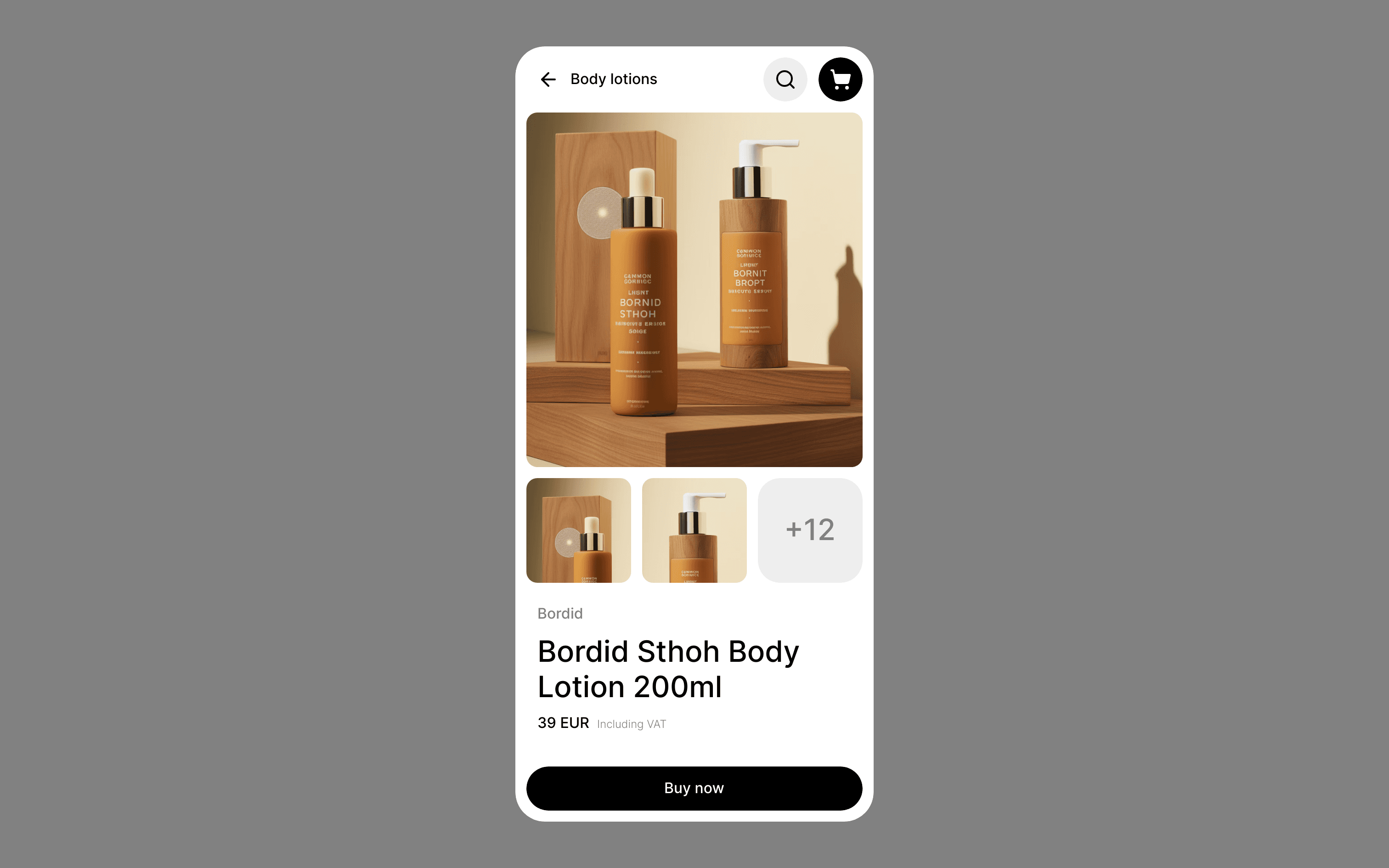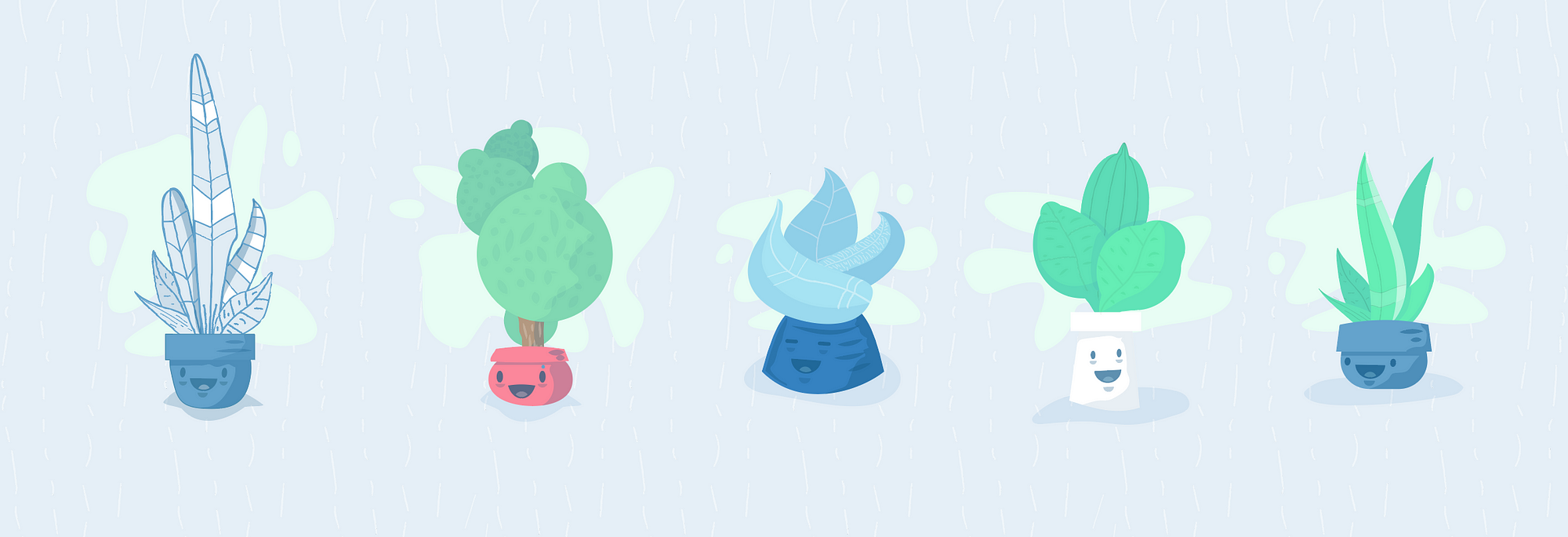Build Design Systems With Penpot Components
Penpot's new component system for building scalable design systems, emphasizing designer-developer collaboration.

medium bookmark / Raindrop.io |

I’m going to pretend that I know what I’m talking about for a little bit and give you some ideas about how to kick start yourself in the general direction. I often get asked the question ‘I want to learn how to illustrate, where do I start?’. It almost feels as if people are overwhelmed by the challenge in front of them. They know they’d love to be able to illustrate, but the fear of the huge creative challenge ahead often turns them into a quivering deer in the headlights. Over the last few years I’ve grown my Dribbble account to nearly 10k followers, mainly through my illustration work. I’ll try break down some tips around how I recommend approaching the task of up skilling in illustration.
I generally point people towards the 3 P’s when discussing how to learn a new skillset. 1. Practice 2. Practice 3. Practice. Man, that’s a seriously cheesy comment, sorry….But I’m going to break down some areas around how to kick on.
Firstly I’ll give you a little background on how I started. I’m only illustrating 3 years. I was a UI designer, had never really done any illustrating before, but something came up in a project I was working on and I was kind of bullied into trying an illustrative style for it. I ended up really enjoying the project and from there I realised I wanted to ‘become an illustrator’. Looking back now over my wise shoulder of about 3 years experience… :|….. I can see some areas where I focused that really helped me grow, so here’s my brain dump on what I did to up skill.
There are a vast amount of tutorials out there explaining the basics, for me I skipped them all. I don’t advise that really, its just something I did. Fuck it. Life’s too short to watch tutorials. I had always been a huge fan of Dribbble so was aware of a lot of similar illustrations constantly being posted. The likes of ‘Workstations’, ‘My House’, ‘Rockets’…These were all very obvious things to illustrate, so I challenged myself to at least give them a go. I would copy a small piece from here and a small piece from there. I don’t care how good you are, every one steals other peoples ideas. And even if you’re really bad at it, what’s the worst that can happen. You delete the artboard and no one will ever see it. You’re the one saying you want to become an illustrator, not me. Stop saying you want to do it and just go for it.

https://dribbble.com/shots/2947113-Work-work-work
So one of the things I noticed early on, is that its very difficult to find your style. When I say find your style, I mean become comfortable with a illustrative approach that you’re happy with and people can start associating with your work. Getting to this stage is probably one of the most difficult challenges around, and to be honest I still haven’t gotten there, but I’ll say it again, by exploring different styles, your learning and developing your skills. Don’t be afraid of the artboard. Embrace it and try shit out. It will harm no one.
When I say ‘find your explore’, I mean to try out different techniques. For me, I’ve recently found myself illustrating with nothing but the trackpad on my laptop. Not sure how I even started this, but fuck it, that loose, organic style seems to be all the rage at the minute, and I’m too cheap to buy a proper drawing table, so I’ve forced myself to learn how to illustrate with the trackpad…I’m not harming anyone, just trying out a new style…

https://dribbble.com/shots/4483837-Illustrative-Onboarding-Flow
Another thing I learned early on, was not to just do random illustrations that were very simple and kinda pointless. I know I mentioned to do this in point 1, but I mean when the ball is actually rolling and you’re starting to really understand the skill, start thinking a little more around doing some sets of illustrations. It really helps you develop a style. For me I challenged myself to do various sets that allowed me to:

https://www.behance.net/gallery/60036577/Your-Free-Digital-Broker
The last point above is very important when it comes to creating an illustration style, understanding rules around shading, stroke weights, corner radius etc. Its all about creating consistency across pieces. If you look at the styleguide in the above article, you’ll see how critical it is to sync things up.
Anyways….I’ll blow my trumpet some more and show some of my illustration series I’ve done in the past, some good, some not so good:
I could show more but you get the idea. Start thinking around how you could start building sets of illustrations rather then just one off’s. It’ll also allow you to share series on social media which will have more of an impact rather than one offs.

https://dribbble.com/shots/4175001-Lighthouses-of-the-World-Series
So, backing up a little, I suppose there are two types of illustrators out there. Illustrators who illustrate to create a piece of art, that will be used in editorial etc. and illustrators who see their illustrations as part of a bigger design system within a product. One of the most vital steps for me as a ‘product illustrator’ was to actually start introducing the illustrations into my work. Working on illustrations in isolation is great, but it’s when you start seeing the value of illustrations when thinking about a solution within your workflow, that’s when you can really start seeing the benefits. Below, you’ll see some work we’ve been doing at Qstream around integrating a consistent style across all aspects of our digital offering.

https://www.behance.net/gallery/57838193/Iconography-Styleguide
Ok, I feel like I’m blabbering on here. Let’s wrap it up. To cut a long winded story short, the best way to become an illustrator is to practice. It’s like any profession, you’re not going to be able to up skill unless you have the passion and determination to succeed. I hope the above takeaways help give some ideas about taking the leap into trying to become an illustrator.
Anyway, I hope you enjoyed listening to my rant.
Feel free to pick my brain (or whats left of it) over at:
// Dribbble // Behance // Portfolio site //
AI-driven updates, curated by humans and hand-edited for the Prototypr community